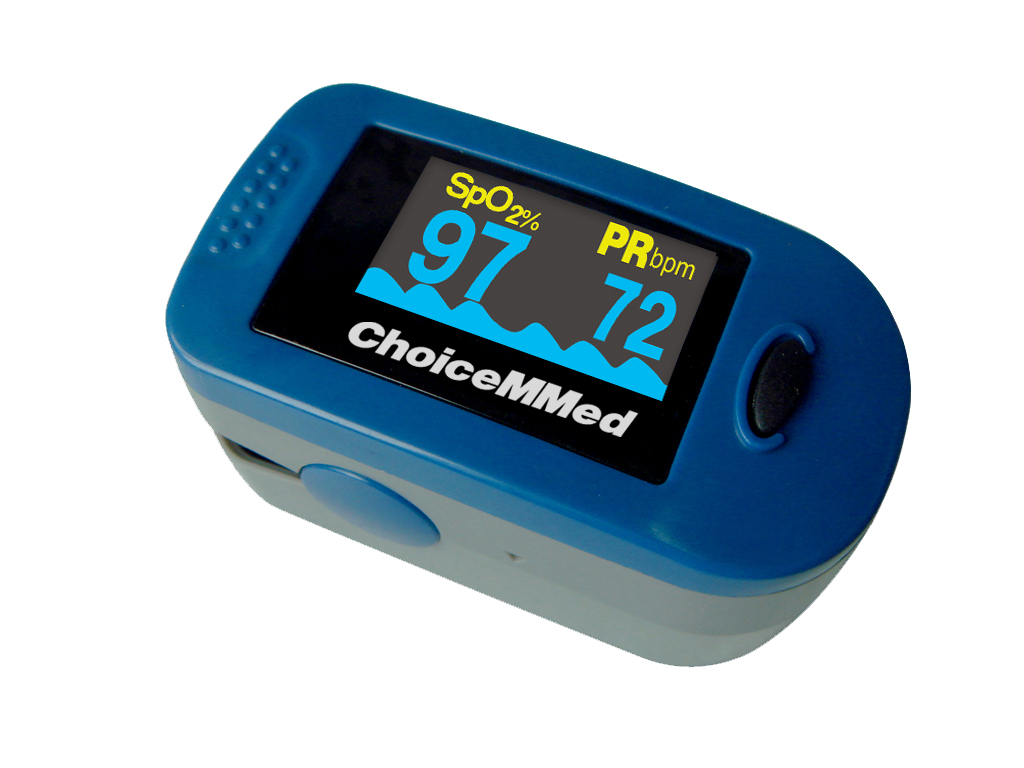New York: Silent hypoxia is when a pulse oximetry check on a patient who does not appear to be short of breath, results in an oximetry finding lower than a physician would expect. This occurs in a number of situations, but most recently it has made headlines because of the large number of incidences of this occurring in individuals diagnosed with Covid-19. Dr, Albert Rizzo, CMO for the American Medical Association shares his knowledge on the situation:
Why is it called ‘silent’?
The term silent comes from the fact that the patient does not appear to be short of breath. They are not gasping, they do not have an increase in their respiratory rate, and they are not complaining of feeling air hunger or looking uncomfortable. Most individuals, when their oxygen levels start to drop into the eighties or lower, will feel air hunger and start to breathe more rapidly and feel uncomfortable. Breathing tends to be a very natural, easy thing for us to do. But when the oxygen level drops to that level, most individuals will have a sense of what is called dyspnoea, or shortness of breath. The reasons we become short of breath can include both the low oxygen level, as well as a high carbon dioxide level.

There are some physicians saying that the reason people are not appearing short of breath is that the carbon dioxide level may still be normal in these individuals. Therefore, it is not signalling any distress at that time.
Why Hypoxia is occurring in some patients only?
There are probably many Covid-19 patients with hypoxemia who get missed because they are admitted and diagnosed for other reasons such as fever, cough, or other things of that nature. There is something different about this virus in the way that it affects the blood vessels and the airways. There are even some ideas that the virus is affecting the nervous system and affecting the actual mechanisms in our brain that help to regulate respiration. The mechanism of why oxygen levels drop has to do with how well the blood flow through the lungs matches the airflow through the lungs. For some reason, which we cannot identify yet, in certain patients the virus affects both the blood vessels in the lungs, as well as air sacs in the lungs, mismatching the flow of blood and air, causing the oxygen levels to drop.
Still the exact cause of hypoxia is a mystery. Perhaps the virus is affecting the blood vessels causing lack of ability to contract and constrict the way they are supposed to, or perhaps there is actually some central effect on the brain where the respiratory effort is not picked up because the virus is affecting the brain’s ability to recognize the hypoxia.
Is Pulse Oximeters in detecting Hypoxia reliable?
Often people who have pulse oximeters or supplemental oxygen are the ones who have already been developing chronic lung or heart conditions prior to the Covid-19 pandemic, and they need to be aware that symptoms need to be recognized earlier than the pulse oximeter tells them there is a problem. This is a population where early diagnosis is important. Beyond that, individuals who may be otherwise immunocompromised because of other immunologic diseases.
Are Covid patients with Hypoxia more at risk?
Yes. Around 80% of people with Covid-19 will have only mild disease. Once we see a drop in the oxygen level, that puts them at a higher risk of developing complications. These are the individuals who will be put on Pulse Oximeters.




![The Top & Most Popular Seafood Bucket Restaurants in Dubai for you [Never Miss]](https://uae24x7.com/wp-content/uploads/2020/09/8-seafood-in-a-bucket-scaled-e1600739237403.jpg)
![Procedures for Renewing the Driving License in Abu Dhabi [3 Simple Steps]](https://uae24x7.com/wp-content/uploads/2020/07/Capture-9-e1595666454466.jpg)





